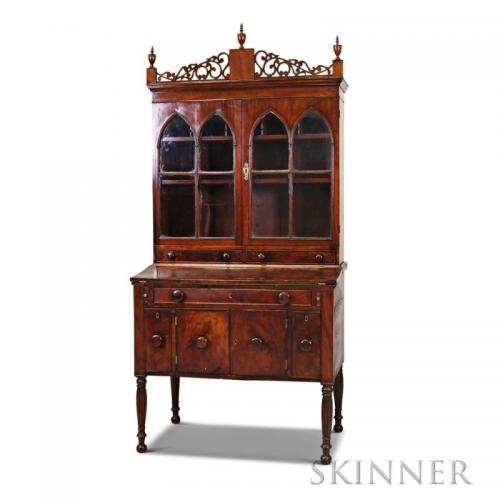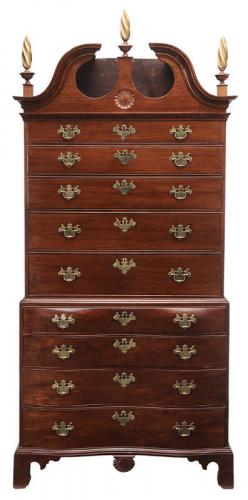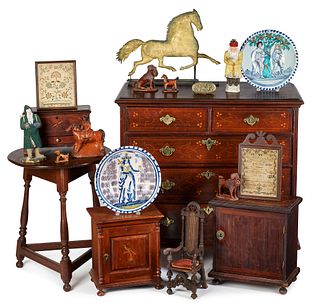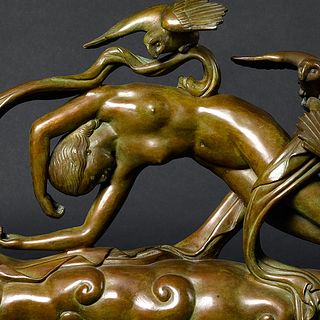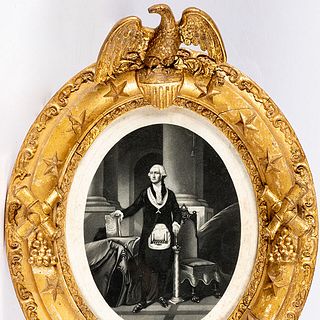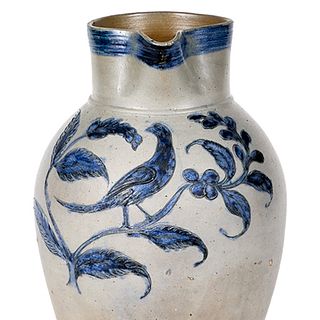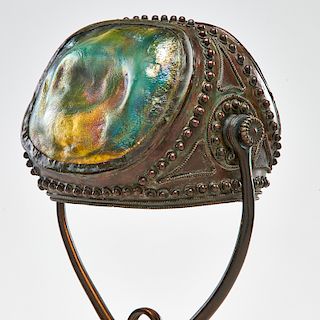To Restore Or Not To Restore
Owners of antiques have been cautioned never to refinish their antiques lest their value be diminished, so much so that refinishing is almost a dirty word, with some people opting for the term “restoration” as it has a gentler, more elegant connotation.
But is this caveat always true? Should antiques always be kept as is, even if children, pets, a household move or the ravages of time have taken their toll?
Listings for antique furniture items for sale often have descriptions like “in original surface” or “untouched” and the price tag is commensurate with rarity, condition and importance. For most people, however, unless you are seeking or already own museum-quality examples, some restoration may not necessarily be a bad thing and when well-done, can enhance a piece’s beauty. The trick is doing as little restoration as needed and getting a professional restorer to do the job well. There are no hard and fast rules though and each piece should be evaluated individually. A general consensus seems to be to leave the “best of the best” alone while other pieces may bring more pleasure to their owners when restored to their former glory.
“You always lean to ‘less is more’,” says longtime auctioneer Sam Cottone of Cottone Auctions in Geneseo, N.Y. “But some things do need restoration.”
Michael Ingham, COO and a director at Rago Arts & Auction Center, Lambertville, N.J., says people considering restoring a piece of furniture should first consult an expert who understands furniture. “When we talk about true antique period furniture, the most desirable pieces are the closest to their original condition and well preserved. They have had the least work done through the years,” Ingham adds. “The reason they are so desirable now is that in earlier eras the habit was to restore and improve antique furniture… If you are lucky enough to have a good piece of good period furniture in close to its original condition, it is always best to leave it alone.”
Kary A. Pardy, an appraiser at Pook & Pook, an auction house in Downingtown, Penn., echoed his sentiments, adding, “When advising consignors, we will typically tell them to leave high-end items unrestored. Mid-level pieces of furniture are often a different story; if they derive their value more from aesthetics and function than historic craftsmanship, they could likely benefit from the work of a skilled restorer.”
Searching Bidquare’s past online auction catalogs reveals a range of conditions for antique furniture:
Pook & Pook’s December 9 auction offered a miniature painted pine stepback cupboard, late Nineteenth Century, retaining an old salmon washed surface described in its condition report as in “overall good condition. Heavier wear to corners of pie shelf.” In the same sale, a repainted pine pie safe, late Nineteenth Century, was featured. At some point, its owner had repainted it teal. Even if one is a purist about original paint, this safe was still a charmer.
Boston auctioneer Skinner Inc. sold in November a Federal mahogany and mahogany veneer desk/bookcase, Massachusetts or New Hampshire, circa 1815–20. The piece had been refinished and judging by its appearance today, was well done.
Sold in June at Brunk Auctions, Asheville, N.C., was a New England Chippendale bonnet top, serpentine chest-on-chest, late Eighteenth Century, listed in very good condition overall with some later gilding and possible restorations although the brasses are probably original and the urn finials appear original also.
Most period furniture has been repaired or refinished over the years, as these examples illustrate, to conform to changing tastes so a thoughtful restoration of a piece that is already cleaned up likely won’t hurt its monetary value but may not add to it.
“Unless it is a piece of great American furniture, repairing a damaged antique will only help, particularly if the repair preserves its function,” Pardy says.
A Federal mahogany and mahogany veneer desk/bookcase with some restoration work, sold at Skinner.

Original finish and patina enhances the appeal and desirability of American furniture.
- Quilts as a 2025 Design Trend: A Celebration of American Heritage and Craftsmanship
- A Celebration of Sports History and Collectibles
- Antiques and the Arts Weekly Q&A: Allis Ghim
- The Thrill of Sports Memorabilia Auctions: A Collector’s Paradise
- Demystifying Coin Condition: A Guide to the Sheldon Grading Scale
- Snoopy & Friends: A “Peanuts” Auction at Revere
- Colorful Chinese Monochromes at Millea Bros
- 12 Holiday Gifts for the “Impossible to Buy For” on Bidsquare
- Alluring Art Objects and Accessories from the Estate of Chara Schreyer
- Kimball Sterling's One-Owner Outsider and Folk Art Collection Showcases Masters of the Unconventional



 EUR
EUR CAD
CAD AUD
AUD GBP
GBP MXN
MXN HKD
HKD CNY
CNY MYR
MYR SEK
SEK SGD
SGD CHF
CHF THB
THB